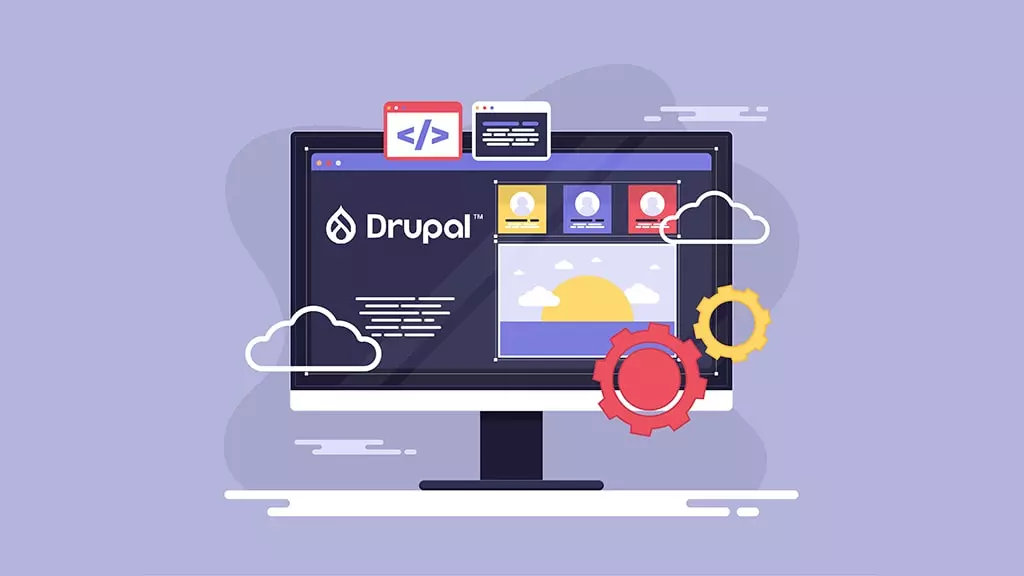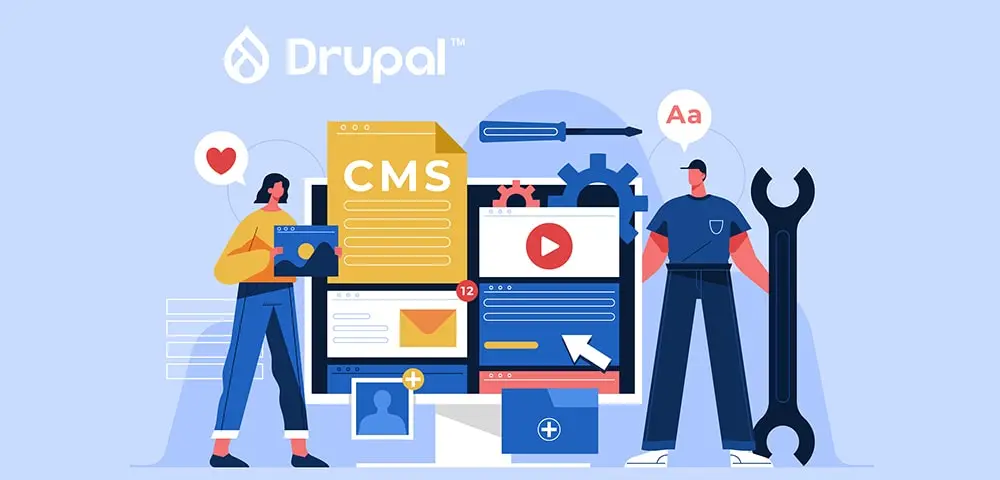8 security tips on Drupal for protecting your web project

Contents
8 security tips on Drupal for protecting your web project
Discover 8 security tips on Drupal, the best CMS content management system, and keep all your website information safe.
Protecting your website from potential attacks is crucial for safeguarding your business, especially when your data depends on it. While it is true that absolute security on CMS doesn’t exist, it is possible to optimise these development tools in order to minimise the risk of unwelcome attacks.
If you use Drupal, one of the most secure open-source CMS available and preferred by government websites, we have the best advice for maximising the security of your website. Take all the necessary precautions to avoid losses and run a safe and secure website.
1. Keep versions of PHP updated
PHP is a scripting language that enables developers to make your website more interactive. PHP versions that aren’t obsolete or incompatible must be used in order to avoid your website slowing down or putting the security of your server at risk.
Ensure that the version being run from your Drupal is compatible and detects security vulnerabilities on a regular basis. This will help you avoid having obsolete and vulnerable code.
2. Revise the list of module updates:
Similarly, it’s crucial that you keep your website constantly updated. When a new version of Drupal appears, the vulnerabilities of the previous one become public and this enables hackers to get in if your website doesn’t have the latest update.
In order to check the list of components requiring updates, you can visit the url /admin/reports/updates section where a warning in red will appear if there is a security update. You can also subscribe to the Drupal.org security newsletter to receive notifications when updates are released.
3. Protect web forms with Honeypot
The web forms are an important foundation for your business as they enable you to gather information from your clients and improve the user experience. However, they are also an easy way for spam to get through.
Install a module like Honeypot to discourage spam robots from completing forms on your Drupal website. With this mechanism, website developers can block bots and distinguish between humans and robots. Once installed, you can set it up via /admin/config/content/honeypot.
4. Manage CSP policies
The Content Security Policy (CSP) is an additional layer of security that helps to detect and mitigate attacks such as data theft or malware.
It improves the transaction between private data and this website standard. With this, you provide developers with additional control over locations from where a client’s browser can upload resources. Your developer can therefore specify that the content can be uploaded securely from your own website, images from any domain, libraries and JavaScript scripts only from a verified and trusted third-party domain.

5. Drupal structure from Composer
Give shape to your Drupal structure to update and manage all dependencies (modules, themes, libraries) through Composer. With this management system, you guarantee the protection of your private repositories and avoid any malicious code such as Packagist.
6. Install security modules
Drupal uses different modules to strengthen your website security. From the different options, it chooses those modules with the Security Team green seal and ensure they are in a stable phase.
It optimises User Access, Spam Prevention and Security Kit from the Drupal categories. Security Kit is the most complete as it enables different options to be used in order to minimise potential attacks, such as Clickjacking or Cross-site scripting.
7. Use Drush for web updates
To avoid long manual processes in your website updating, use the Drush online commands.
Use the Drush pm-update (alias: up) command to execute updates for your Drupal, modules and themes, as well as install updates pending in your database.
Also, to check the projects that need to be updated, use the Pm-update-pipe (alias: up –pipe) command.
8. User management
The role of users in website maintenance is just as important for your website security. Therefore, on /admin/people/permissions, the existing permissions on your website need to be revised and reduced so that every user only has permission to see and manage what is strictly necessary.
Similarly, you can limit user login time through Session limit so that users don’t leave sessions open and disabled (one of the most common points of entry for hackers). With this tool, you can also close a user session if a new session has been opened in another browser.
On Quodem, with over 15 years’ experience developing CMS-based applications like Drupal, we provide you with all the support your company needs. Apply these 8 tips to protect your Drupal’s website security and avoid any possible attack that puts your business in danger.


